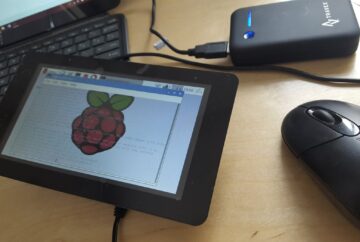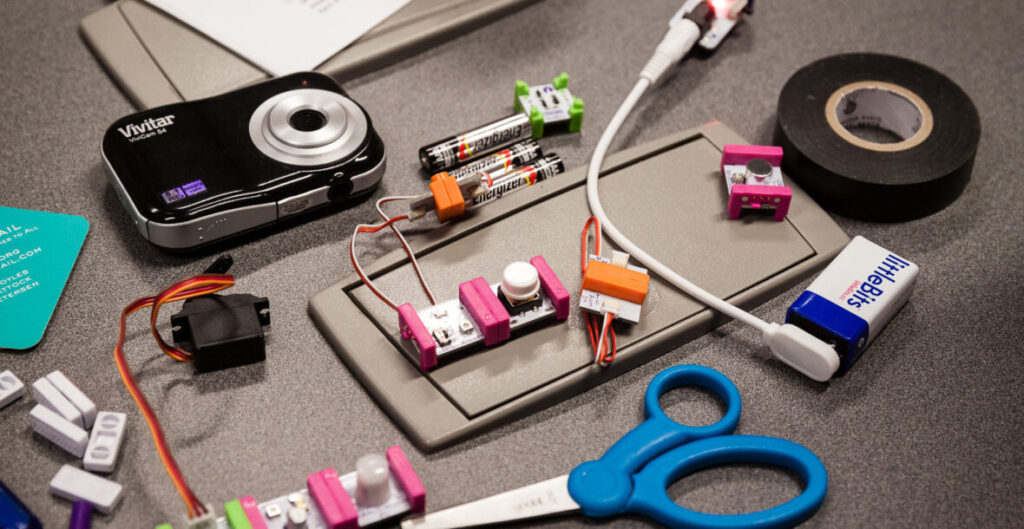The project I chose to look into further is the Makers By Mail project by Christina Boyles and Andrew Boyles Petersen. The project aims to improve access to makerspace environments and the resources and learning that come with them. These spaces are extremely useful for those fortunate enough to have access, but a majority of people must instead settle for less. The hands-on learning done in a makerspace is a key aspect of learning to engineer. The Makers By Mail project provides a mobile version of a makerspace that allows much easier accessibility than traditional environments.
How does it work?
Makers By Mail provides three separate kits that an organizer can order for their students. The kits are then sent by mail to wherever the students might be. Each kit includes all of the materials required to complete the project along with instructions and an instructor’s guide.
Sources:
The sources for this project are the actual materials sent to and used by students. As for this particular presentation, the images are the sources since we don’t have the physical kits at hand. The images offer some mode of understanding the kits, although there are not enough photos to get an adequate sense of the actual kits.



Processes
The services offered are the kits that are preassembled, documented, and sent to users. There is also a teaching commons that is supposed to include open access course materials, lesson plans, multimedia, and more. However, it seems like that aspect of the project is incomplete and it is not clear if or when it will be.
Presentation
The presentation of these kits is provided on the project site. They are documented enough to know what the kits are, but not enough to work with them. Presumably there is better documentation provided with the physical kits. These kits themselves are the main component of the project and provide the recipients with cool tools and learning experiences.
Final Thoughts:
After reviewing this project and reading the review of it, I have some questions about its practicality. Although the concept is great and it strives to solve an important problem and disparity in engineering, the reviewer brings up the key element missing in this mobile makerspace: other people. A normal makerspace is such a good resource mainly due to the collaborative environment it manifests. Working with and learning from others is a really crucial step in the learning process and cannot be replaced by packages in the mail or instructions.
Another question I had surrounding this project is how it is updated. It seems from a preliminary investigation that this project lost momentum and died off. Due to the nature of the project, does that mean it is no longer a project since it no longer serves its main purpose? It is also quite a unique project to begin with. Instead of regular data and insights, it provides physical devices and instructions. I am curious as to whether this is still an active “project” or if it has completely died off.
